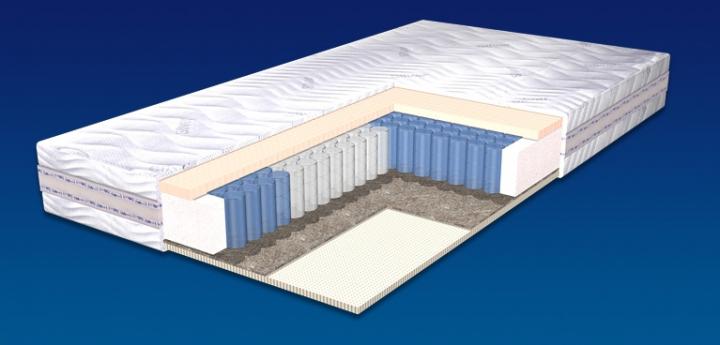
As most of us know, healthy adults are supposed to get at least eight hours of sleep each night. But as recent surveys reveal, only about five percent of Americans spend more than eight hours a day asleep. The average adult only gets between six and seven hours of healthy sleep every 24 hours. For most folks that is not enough-which is why we are a sleep-deprived nation!
Because everyone sleeps differently, it is important to avoid the one-size-fits-all approach when it comes to bedding. Modern bedding can now be personalized to meet the needs and preferred sleeping positions of their users. There are a number of different mattress types and styles, all of which are designed to improve the quantity and quality of sleep.
Innerspring
Introduced in the late 19th century, the innerspring mattress has long been the industry standard, representing more than 80 percent of the market. These beds feature an intricate system of coil springs that provide comfort and support by automatically adjusting to the sleeping positions of their users. Although extremely durable, the interior coils may wear out over time, which may result in a lumpy, uneven surface. While this type of bed works fine for most folks, those with back or joint problems may want to consider a newer, more responsive option.
Memory Foam
A relatively new material, viscoelastic memory foam has been used in bedding since the mid 1990s. More commonly known as memory foam, the material is incredibly responsive and will actually adjust to the user's body contours in a matter of minutes. Many describe the relaxing sensation as "melting" into the sleeping surface. According to most owners, memory foam models are ideal for people who have chronic back or joint injuries that make it uncomfortable for them to sleep on traditional innerspring beds.
Air Mattress
Inexpensive and a cinch to store, air mattresses have become a viable alternative to innerspring models. The firmness of these beds can be adjusted in short order by simply adding or releasing air. When it comes to look and texture, high-quality air mattresses are virtually indistinguishable from innerspring versions. They are, however, a heck of a lot cheaper! Just make sure you check your pockets for sharp objects before you lie down. These inflatable beds are relatively easy to puncture, and therefore are not nearly as durable as traditional models.
Waterbed
Although not nearly as popular as they were in the 1970s, water-filled models have retained a loyal following. The reason these beds have fallen out of mainstream favor has more to do with their price and weight than their comfort or construction. Most waterbed lovers would never sleep on any other surface, and are more than willing to spend additional time and money maintaining their mattresses.
Pillow Top
For users who are willing to spend a bit more to ensure a good night's sleep, the pillow top is considered the gold standard for luxury in the sleep industry. Featuring an extra layer of padding that looks a lot like a sewn-on comforter, the pillow top is available in a wide range of styles and materials, including gels, foams, and traditional innerspring models.
Leave a Comment